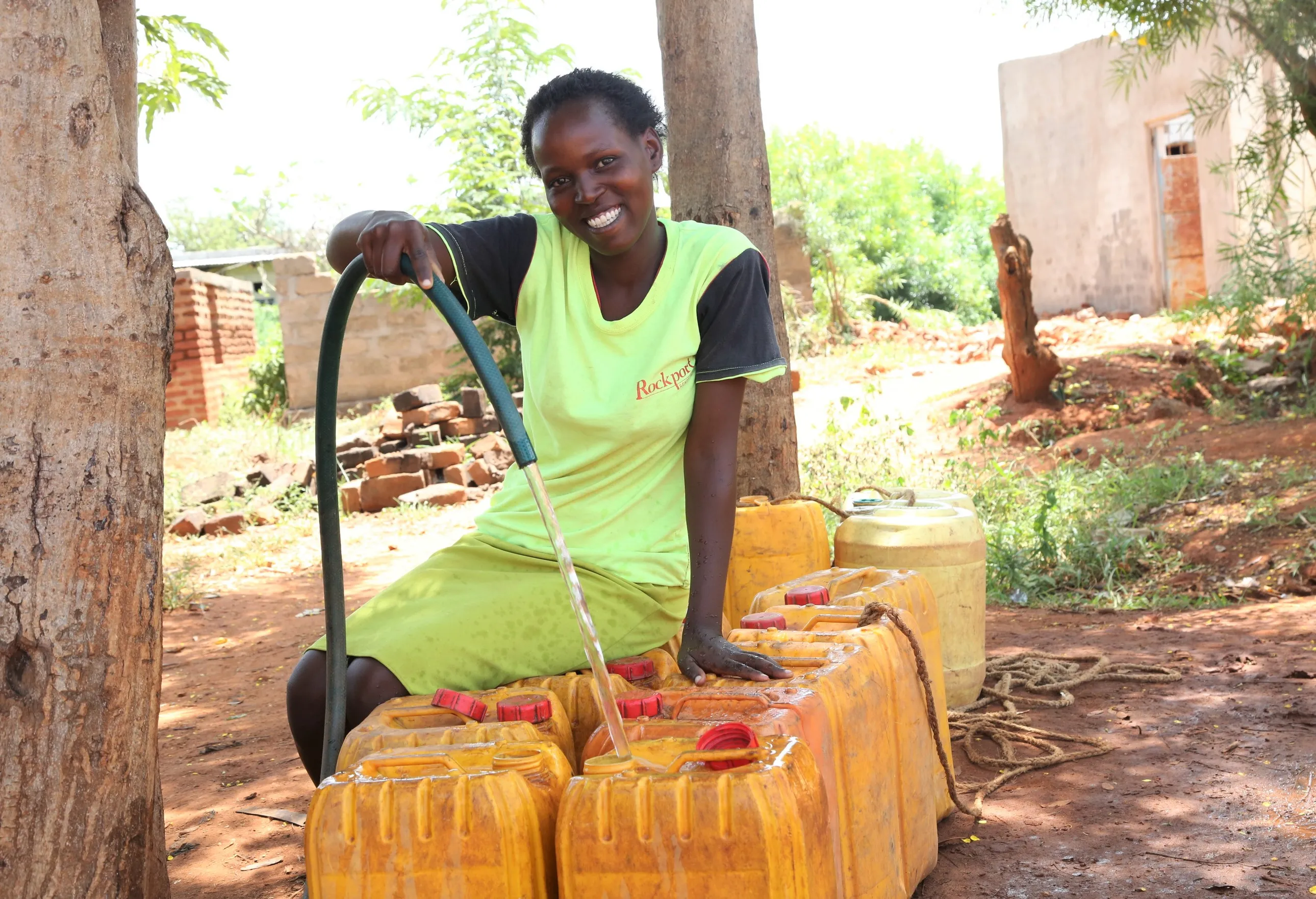KIWASH II: Kenya Integrated Water, Sanitation, and Hygiene project
Kenya,
concluded

Phase II of USAID's KIWASH project that contributes to the global response to the COVID-19 spread
Curbing the further spread of COVID-19 in Kenya by increasing awareness on critical hygiene behaviours and ensuring sustained access to a clean water supply
The United States Agency for International Development (USAID) and the American people re-oriented the scope of KIWASH I to respond to the COVID-19 pandemic, while maintaining and advancing the development gains made over the period 2016-2020. Together with nine county governments, 13 Water Service Providers (WSPs), and 231 small WASH enterprises, KIWASH II seeks to improve access to WASH services for 140,000 people while helping to reduce the spread of COVID-19. KIWASH II is a one-year project that concludes in September 2021.
Implemented by DAI in partnership with SNV, the USAID-funded project will introduce approaches to sustain the management of WASH services delivery across nine counties, including: Busia, Kakamega, Kisumu, Migori, Nyamira, Siaya, Kitui, Makueni and Nairobi. These approaches are based on the successful implementation of KIWASH I.[1]
Specific objectives
KIWASH II will focus on two main result areas, which are aligned with interventions to curb the further spread of Covid-19.
Result 1: Increase awareness of critical hygiene behaviours and access to clean water to effect the consistent practice of hygienic behaviours.
Result 2: Strengthen the capacity of county governments and WSPs to govern the nation's water supply, ensuring long-term water provisioning.
The approach
To achieve these objectives, KIWASH II project staff will undertake the following activities:
Advise and support sector coordination and planning.
Support Social and Behaviour Change Communication (SBCC) campaign.
Build the capacity of county staff to promote and improve risk communication and community engagement.
Support water service providers to maintain service provision.
Support water service provision in rural areas and underserved informal settlements.
Establish mechanisms in support of WASH and water security, including in health care facilities.
Expected results
140,000 additional people to gain access to basic drinking water services
500,000 people to be reached by WASH COVID-19 messaging
200,000 households to receive training on water treatment and the safe storage of hygiene products
1,500 community health volunteers to receive training and serve as WASH champions who will cascade WASH COVID-19 messaging to communities and households
270 institutional settings (healthcare facilities or schools) to gain access to basic drinking water services.
US$ 1.5M new funding mobilised for the water and sanitation sectors as a result of USG assistance.
Notes
[1] KIWASH I achievements include: 874,388 people with access to basic and improved drinking water services | 169,566 people with access to basic and improved sanitation services in target counties as a result of USG assistance | 1,403 communities verified to be open defecation free | 126,214 people benefitted from public-private partnerships in the WASH sector | US$ 44.17M new funding mobilised to expand services and increase the efficiency of WSPs. More about USAID's KIWASH project here.
